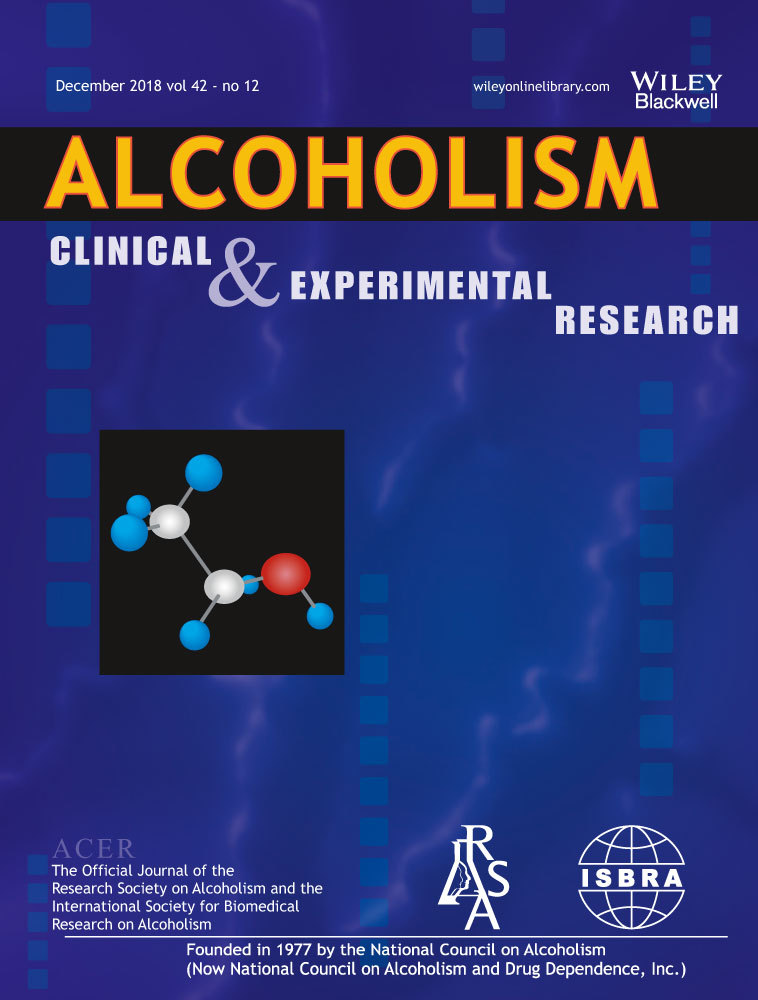
“Add-on cannabidiol (CBD) significantly reduced seizures associated with Dravet syndrome (DS) in a randomized, double-blind, placebo-controlled trial: GWPCARE1 Part B (NCT02091375). Patients who completed GWPCARE1 Part A (NCT02091206) or Part B, or a second placebo-controlled trial, GWPCARE2 (NCT02224703), were invited to enroll in a long-term open-label extension trial, GWPCARE5 (NCT02224573). We present an interim analysis of the safety, efficacy, and patient-reported outcomes from GWPCARE5.
METHODS:
Patients received a pharmaceutical formulation of highly purified CBD in oral solution (100 mg/mL), titrated from 2.5 to 20 mg/kg/d over a 2-week period, with their existing medications. Based on response and tolerance, CBD could be reduced or increased up to 30 mg/kg/d.
RESULTS:
By November 2016, a total of 278 patients had completed the original randomized trials, and 264 (95%) enrolled in this open-label extension. Median treatment duration was 274 days (range 1-512) with a mean modal dose of 21 mg/kg/d, and patients received a median of 3 concomitant antiepileptic medications. Adverse events (AEs) occurred in 93.2% of patients and were mostly mild (36.7%) or moderate (39.0%). Commonly reported AEs were diarrhea (34.5%), pyrexia (27.3%), decreased appetite (25.4%), and somnolence (24.6%). Seventeen patients (6.4%) discontinued due to AEs. Twenty-two of the 128 patients from GWPCARE1 (17.2%), all taking valproic acid, had liver transaminase elevations ≥3 times the upper limit of normal. In patients from GWPCARE1 Part B, the median reduction from baseline in monthly seizure frequency assessed in 12-week periods up to week 48 ranged from 38% to 44% for convulsive seizures and 39% to 51% for total seizures. After 48 weeks of treatment, 85% of patients/caregivers reported improvement in the patient’s overall condition on the Subject/Caregiver Global Impression of Change scale.
SIGNIFICANCE:
This trial shows that long-term CBD treatment had an acceptable safety profile and led to sustained, clinically meaningful reductions in seizure frequency in patients with treatment-resistant DS.”




 “Previous studies have shown that a cytosine (C) to thymine (T) single nucleotide polymorphism (SNP) of the human cannabinoid receptor 1 (CNR1) gene is associated with positive emotional processing.
“Previous studies have shown that a cytosine (C) to thymine (T) single nucleotide polymorphism (SNP) of the human cannabinoid receptor 1 (CNR1) gene is associated with positive emotional processing.



